Australia So Much to See
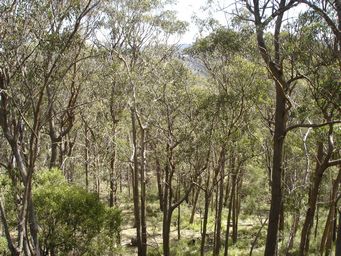
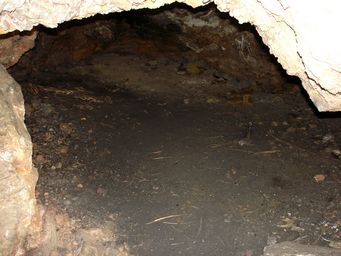
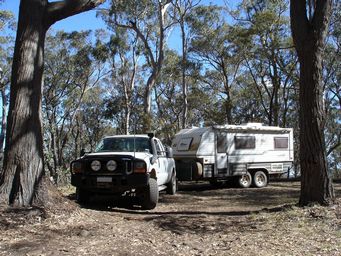
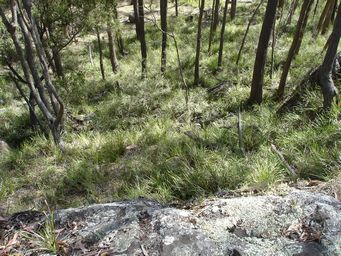
Glen Innes to Armidale, New South Wales
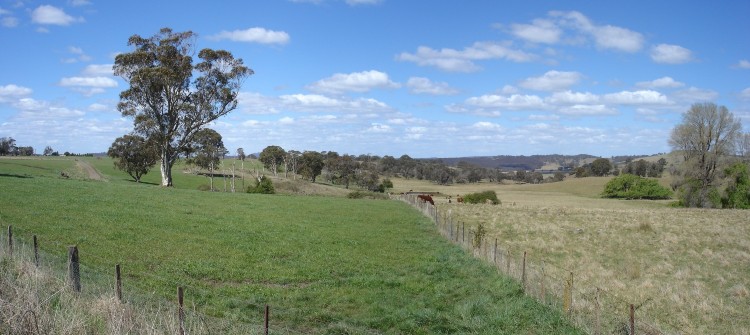
To the north of Guyra, we crossed the Ben Lomond Range where rising to almost 1,500 metres above sea level, it is the highest point
on the New England Plateau. Green grass, red cattle and clear cool air.
At 1,330 metres above sea level, Guyra is the highest town on the Tablelands and the air felt crisp and cool. Mother of Ducks Lagoon
on the edge of this small town is around 14 kilometres in circumference within a silted volcanic crater. The lagoon is a valuable
high altitude wetlands reserve. Free camping for one or two nights is permitted at the picnic area on the edge of this lagoon.
The
town is known for its very cold winters, with an average of 42 frosty nights having subzero temperatures each year and some snowfalls.
Due to Guyra's position on a high plateau, it rarely gets above 30 °C during summer. There is an average of five snowfalls a year
in Guyra. The day was rather cool and if there was any chance of snow, we would have stayed overnight. We were three years too early
for the best snowfall in years in October last year, where snow five to six centimetres deep lay on the ground in the town.
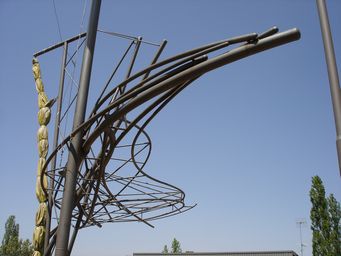
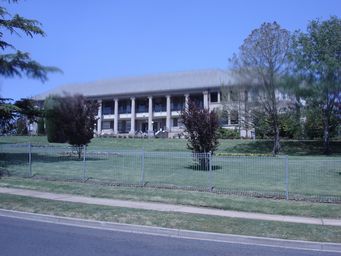
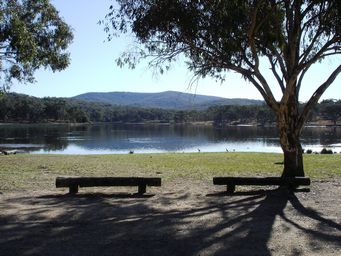
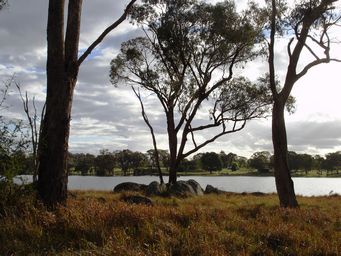
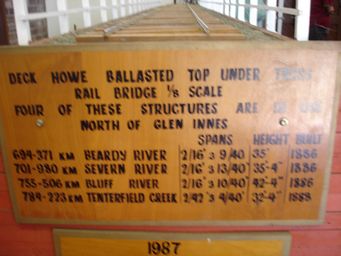
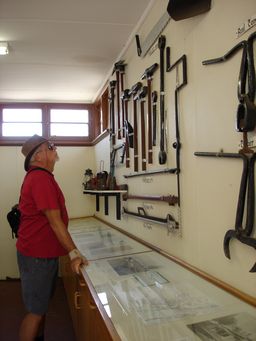
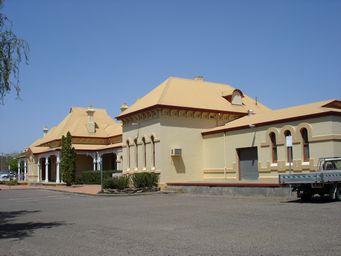
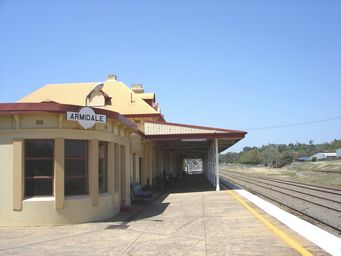
At Armidale we chose to commute daily from Dumaresq (pronounced due-merrick) Dam where we enjoyed to beauty, tranquillity and birdlife
as well as meeting likeminded travellers. Camping is no longer permitted at Dumaresq Dam.
This dam was constructed
in the 1890s to provide water for the town. Further dams were built in the 1930s and 1950s, and during a dry period in 1965 a drought
proof dam was planned, and completed in 1968. With three other dams and a reliable rainfall Armidale does not have any water
restrictions, so Dumaresq Dam is now used only for recreation, being popular for picnics, fishing and boating.
In a town known as a seat of higher education, the Armidale Teachers College was built in 1929, on the site of a former goal which
operated from 1863 to 1920. The college is now merged with the University of New England, and the building just part of the
greater University.
A free heritage bus tour can be booked at the Visitor Information Centre and departs each morning. This is an ideal start to see the historic and modern buildings in Armidale as well as learning about the area and its history. Staffed by volunteers, our guide was a former Shire Councillor with a wealth of knowledge and a love of his town.
Armidale today contains over thirty heritage listed
buildings including:
Built in 1885, the Church of England Cathedral was constructed using basic bricks on the site if a former
church.
In 1912 the brick Roman Catholic Cathedral was constructed nearby, alongside its predecessor.
The
Town Hall was constructed in 1882 and completed in 1883, the year the railway reached Armidale.
The Armidale area was discovered in 1818 by John Oxley. Early settlers were the brothers William and Henry Dumaresq, taking
up 100,000 acres (40,470 hectares) each in 1834/35. Crown Commissioner of Lands, George James Macdonald named the planned town
Armadale in 1839, after his Scottish clan chief's castle on the Isle of Skye. The gazetted town name was spelled Armidale, either
to be unique, or in error.
The Celtic connection continued, with the main street of Armidale named Beardy
Street, after those two Beardy Celts.
The railway line from the south is no longer used beyond Armidale, and there is a small display of railway history memorabilia at
the Armidale Station.
.
A scale model of the disused railway bridge across Tenterfield Creek to the north of Tenterfield.
See photo of the actual bridge onthis page